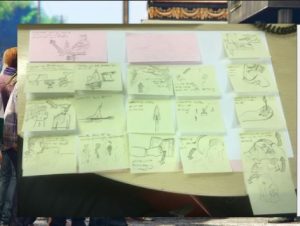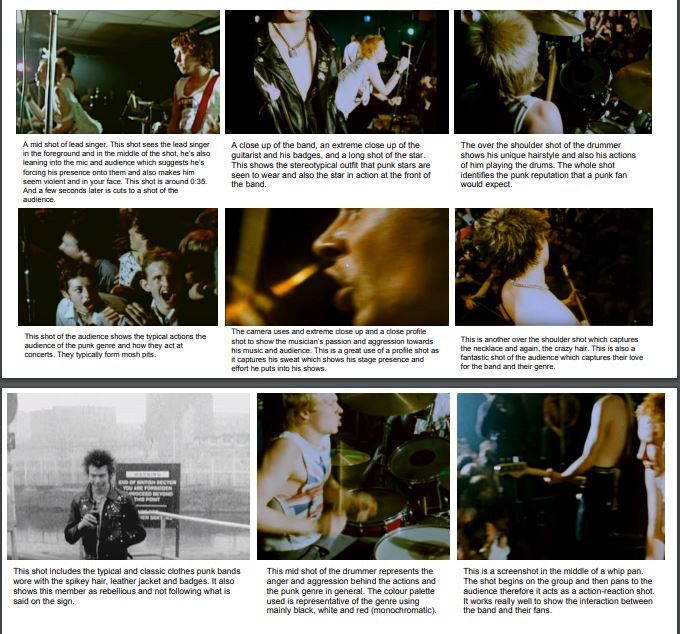 Remember the brief?
Remember the brief?
A promotion package for the release of an album, to include a music video (major task), together with a website for the band and a digipak for the album’s release (minor tasks).
It is important to note from the beginning that you are not making a digipack and website to advertise your music video! You are launching a new album, which contains that song, but which also contains a number of other tracks.
So before you start planning the print and web elements of this promotional package. You need to be clear about the mission statement for the whole campaign. You must think more holistically about the album and create an integrated advertising campaign…
Your Marketing Strategy & Mission Statement
Who is your Audience?
- Who they are (demographics)
- What other media they consume and participate in.
- What their values attitudes and beliefs (ideology / psychographics)
A Call to Action
- How do you want the audience to engage with your star / album
- How will they invest time and money in your star / album
Who are the competition?
- Name three similar bands / artists.
- What are the trends in album designs of similar stars / bands?
- What does their website look like?
Your USP (Unique Selling Point)
- Is your star already established or are trying to establish a new presence in the market?
- What is your star image & how are you trying to innovate / develop that image?
- Are you mixing up elements of different genres?
- Are you trying to re-brand your star?
- Are you emphasising the ordinary or extraordinary?
- Remember according to Dyer meta narratives include both.
Your Mission Statement.
- In 50 words or fewer write an agreed mission statement that includes the central idead that will unify your brand.
- This will include ideas represented in your music video, but must also bring in a wider range of ideas that you will develop as you make your 3D Moodboard.
TASK.
Complete this mission statement in production groups and copy it into your blog.
This blog post is essential for when you come to complete Creative Critical Reflection 2.
How do the elements of your production work together to create a sense of ‘branding’?







